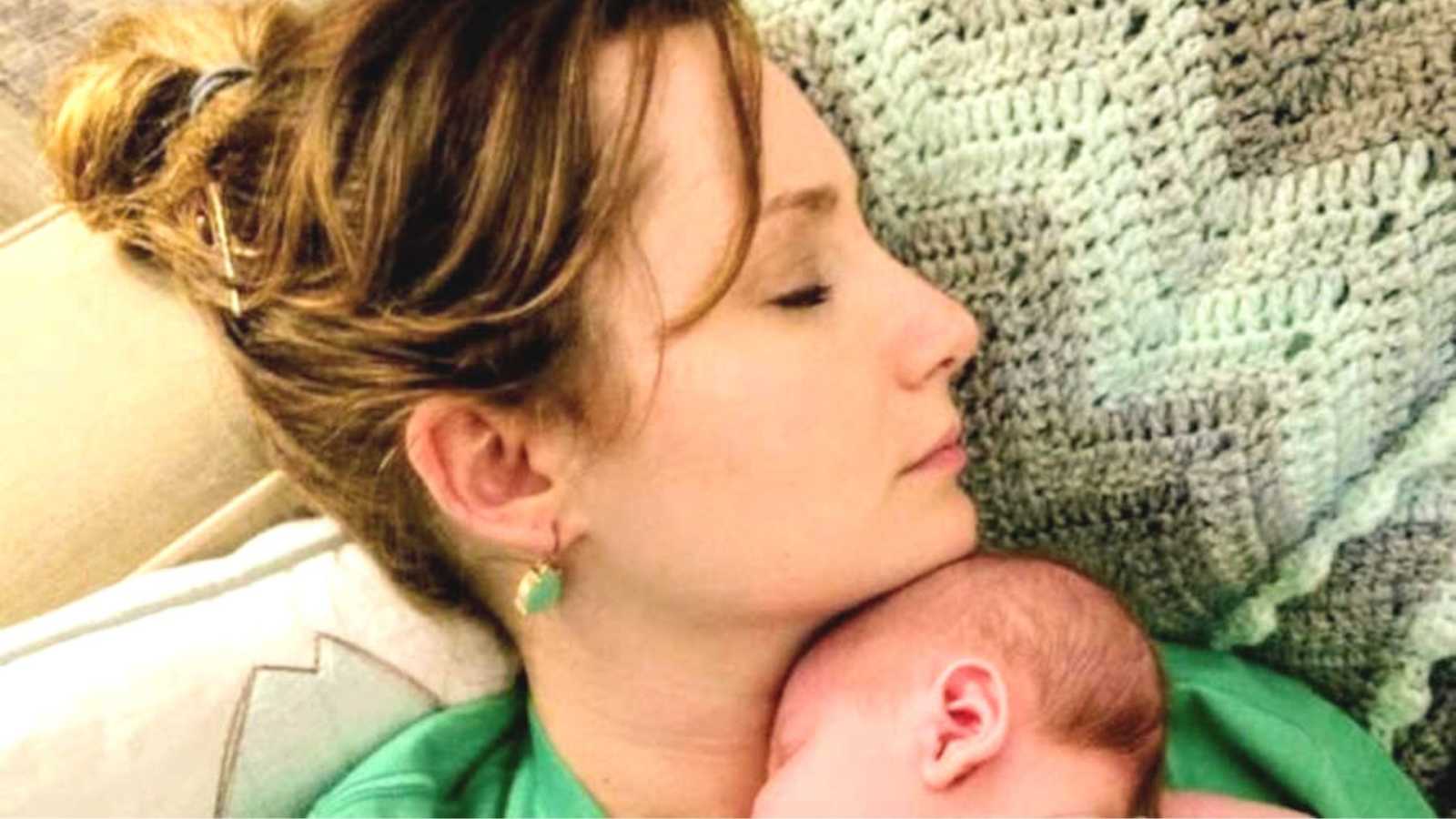“Who am I, really? How do I fit into this family? Why was I given up for adoption? These are heavy questions for a 9-year-old. I’ve been carrying them around since I stumbled upon a photograph I’d never seen before in a box in my bedroom closet. My birth date is written on the back, and, instinctively, I know the handwriting belongs to my birth mother. This photo has been hidden rather than displayed in our family photo albums along with all my other baby pictures. Why? I’ve known I was adopted for as long as I can remember, but I’m afraid to approach my parents with the many thoughts and longings that keep me awake at night. Would it hurt them to know I ache to learn more about my birth family?
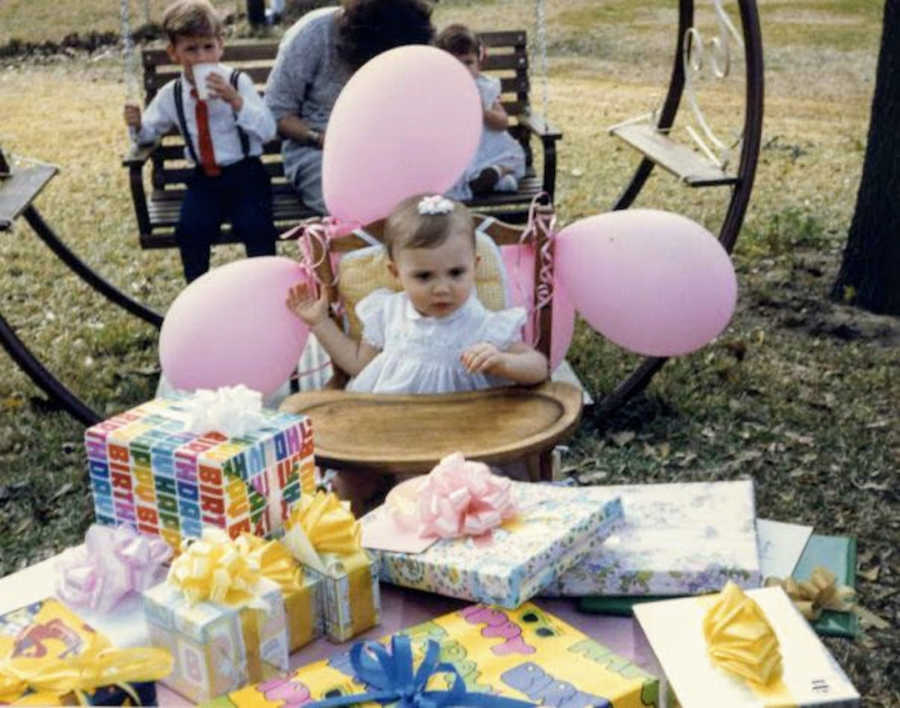
The opportunity to talk about the details of my adoption does not come up naturally in family conversations, so I find ways to work through the confusing thoughts and emotions cluttering my head. In a shoebox under my bed, I keep the imaginary birth family I’ve created from pieced-together magazine clippings. All that’s missing is her—the woman who gave me life. I can’t seem to find a face that feels just right. Alone in my room, I’m free to release the questions I continue to add to the ones I already carry inside of me: Who is she? What does she look like? Does her laugh sound like mine? And, the one I’m most afraid of: Does she love me?
At age 14, I come across another secret in a box. This time, it’s full of letters addressed to me I’d never been given; legal documents with harsh black lines where last names used to be; photographs of a face I don’t remember but recognize somehow: my birth mother.
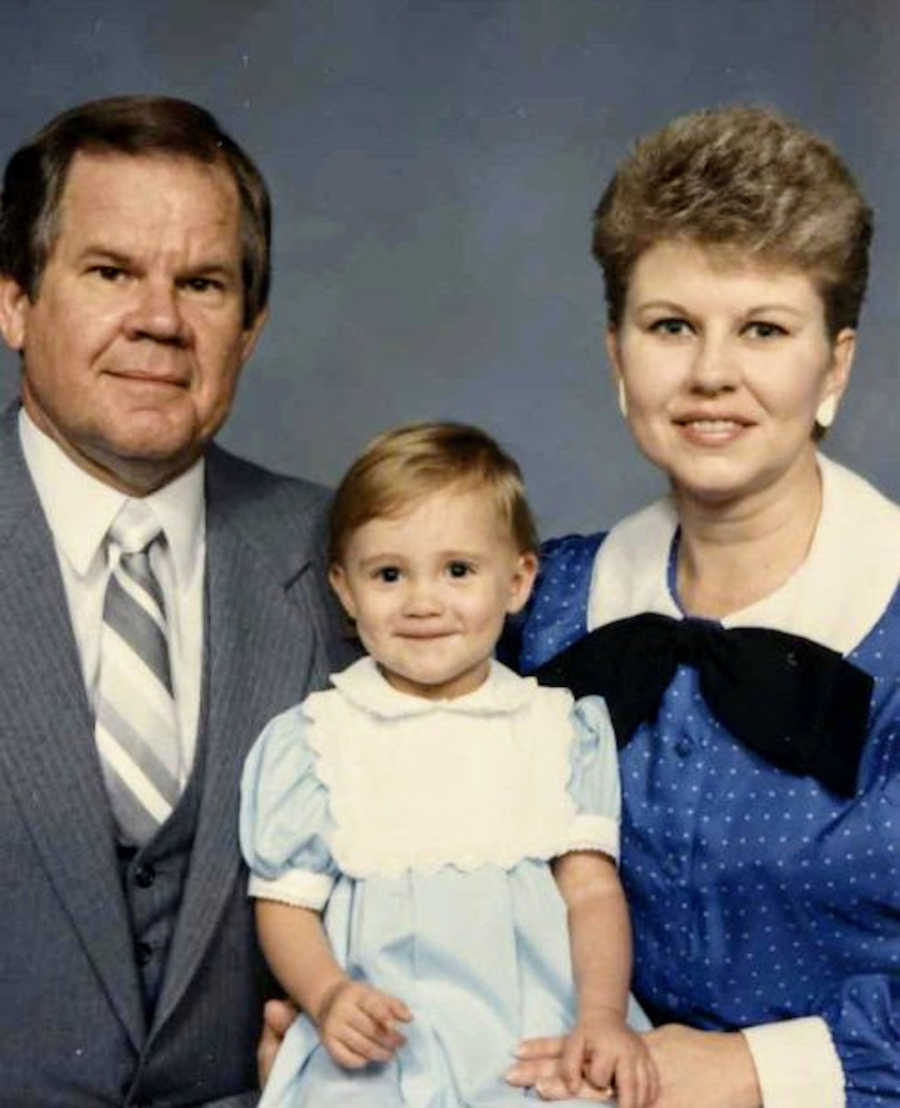
I must have read and re-read the letters a hundred times, memorizing lines and poring over details to try to piece together my adoption story. I can’t get over the fact my parents knew my birth family and had corresponded with them through the years. Why didn’t they tell me? In the stack of paperwork, I find a single document where my birth mother’s name has not been blotted out, and I decide to take matters into my own hands. Although it takes many years, I find her on the internet. At this point, I’m a junior in college living 4-and-a-half hours north of where I grew up. Coincidentally, she lives less than an hour from campus. Both terrified and exhilarated, I write her a letter. I can’t remember what it says, exactly—how do you introduce yourself to the woman who carried you in her womb for 9 months? I do know I asked if she wanted to meet me while giving her the opportunity to gracefully decline if she wasn’t interested. Once again, I’m both terrified and exhilarated when her response arrives a short time later: she wants to see me.
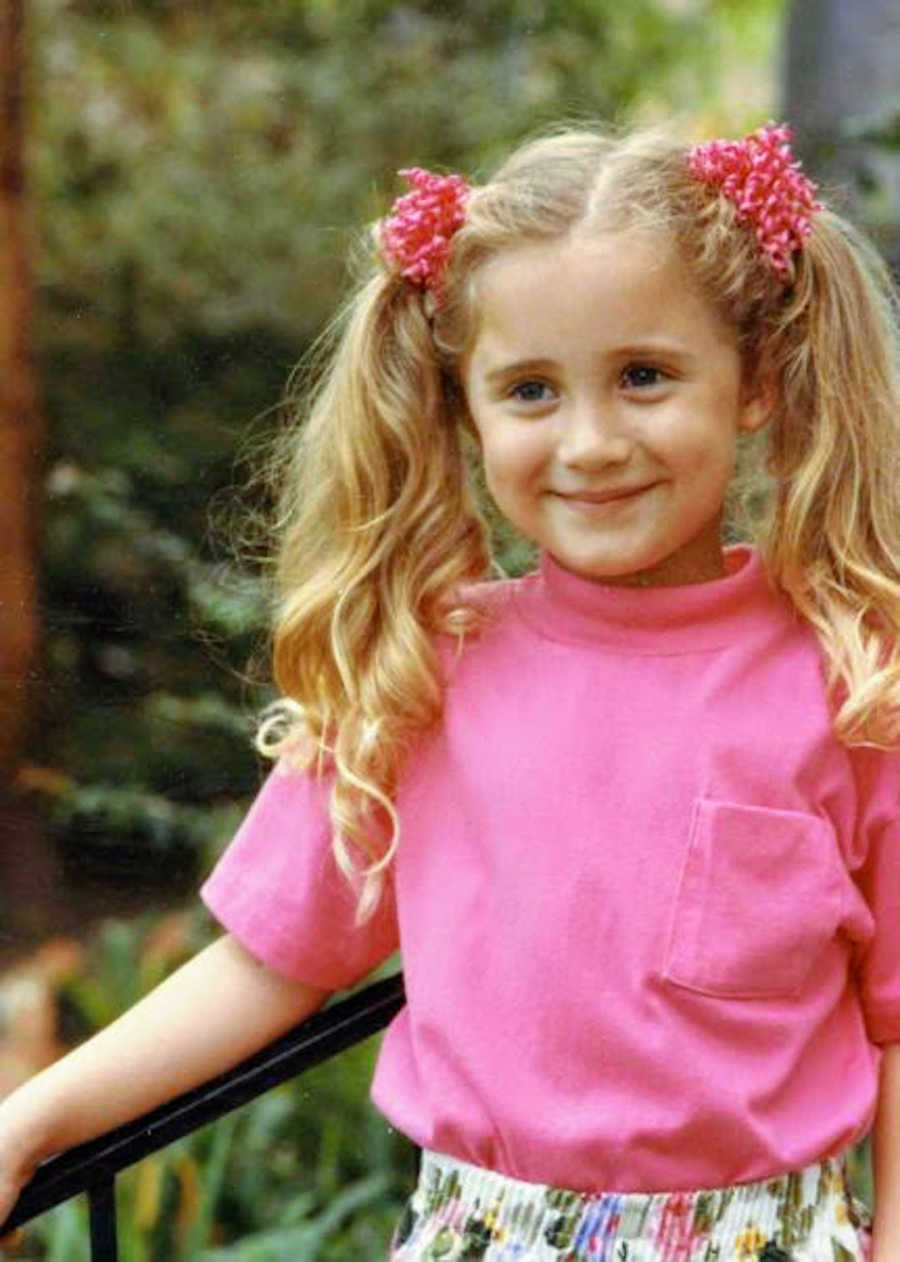
We meet halfway—a 20-minute drive for each of us—at a Chili’s restaurant. I put my hand to my forehead, shielding my eyes from the sun, as I take a look around the crowded parking lot. I know it’s her as soon as I see her; it’s obvious we’re related. Although we physically reconnect, we aren’t on the same page relationally right away. I learn it takes time to build a relationship of any kind, much less a mother/daughter relationship that has been strained by two decades of separation. We don’t know each other, and we have to be patient and put in the time and effort to form a bond.
Over the next several years, I get to know my birth mom and her family. At the same time, I begin to do the work of figuring out what I want and where I’m headed as a young adult. I realize there are two versions of myself that must be reconciled: one is the responsible young woman with good grades my adoptive parents raised me to be. The other is a heartbroken little girl I barely recognize—the one who lost her family the day she was born.
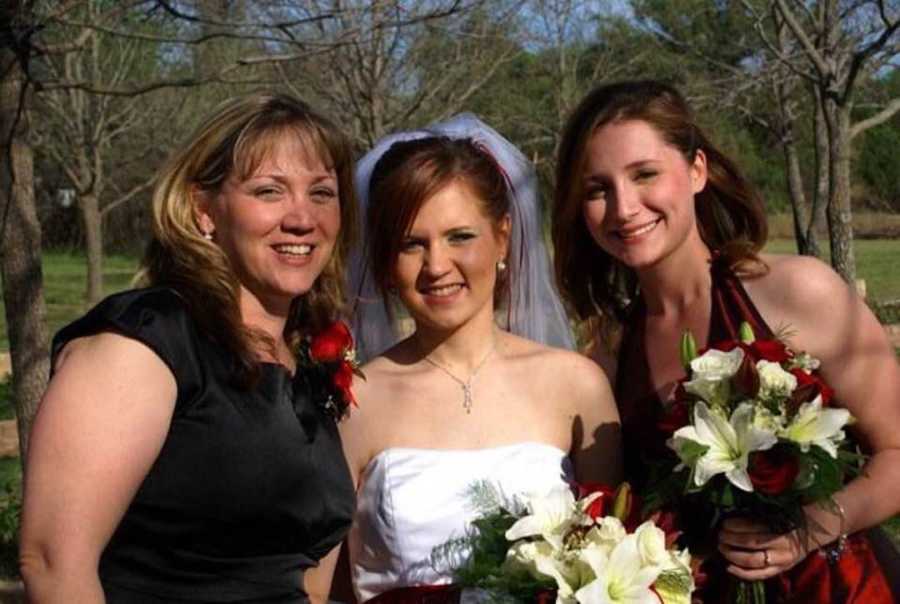
I decide to go to therapy, and I quickly realize how badly I’ve needed it all these years. I learn adoptees experience grief and need to be given the space and validation to process it in a healthy way. I had to grieve the person I would have been along with the loss of getting to grow up with my birth parents and siblings. Up to this point, I do not feel like I have permission or the right to process such a loss. For a time, I wonder, Is it even real? I needed to learn my parents believed they were protecting me with the silence and secrecy surrounding my adoption. For all these years, I’d considered it an act of betrayal. Now, I realize our love for one another was lost in translation. Most importantly, though, I learn both my birth parents and my adoptive parents are an important part of who I am. I love and need relationships with each of them.
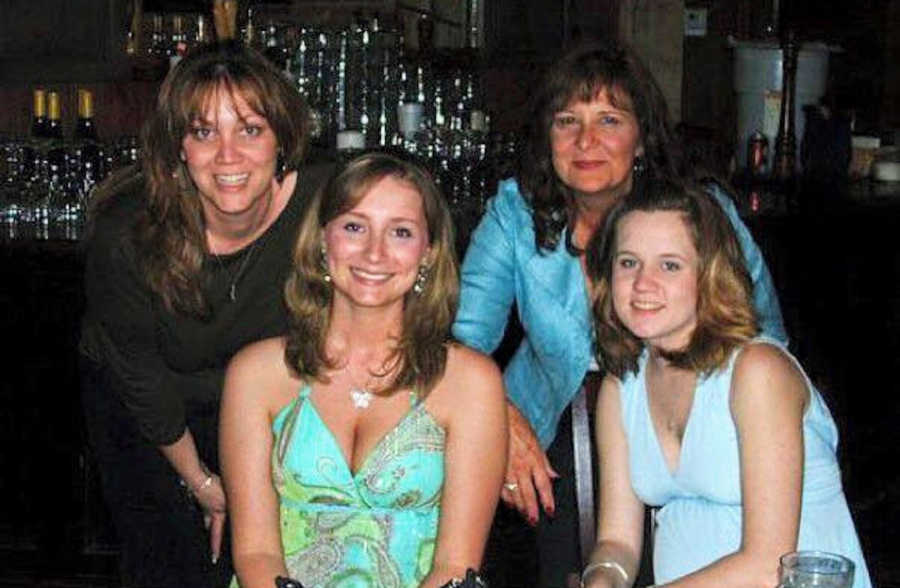
My ongoing journey of healing teaches me painful experiences can be used to turn us inside out and give us the tools we need to help others. I find a way to use my experiences to serve my community. In 2019, my husband and I become licensed foster parents. A short time later, we finally receive the call we’ve been anticipating for months: ‘There’s a newborn needing placement.’ Knowing next to nothing about the case, I respond without hesitation, ‘We can take them!’ The next morning, I head to the hospital to pick up a newborn baby boy.
‘May I hold him?’ I ask tentatively.
A nurse with a sleek blond bob smiles at me, looking relieved. ‘I was afraid you weren’t going to ask,’ she says. ‘Of course.’
‘He’s so beautiful,’ I can’t help but gush.
‘Congratulations,’ she smiles, and I wince.
‘Uh… thank you.’

A sick feeling fills in my stomach, and I think of his birth mom. While I rock him for the first time in the hospital nursery, I pray he will never have to wonder who she is, what her face looks like, what her laugh sounds like, or whether or not she loves him. I meet our son’s mom for the first time in a stark Department of Social and Health Services waiting room. Her eyes barely meet mine before they settle on her newborn baby boy, who is nestled in the car seat I’m carrying. When she sees his face, her hardened expression softens to a look of wonder. It’s easy to see how much she loves him. My heart aches. In an instant, I think of my own children at home, and then a picture of my birth mother flashes before my eyes. I’m not sure what to say to the young mom before me, but I want to let her know I’m on her side.
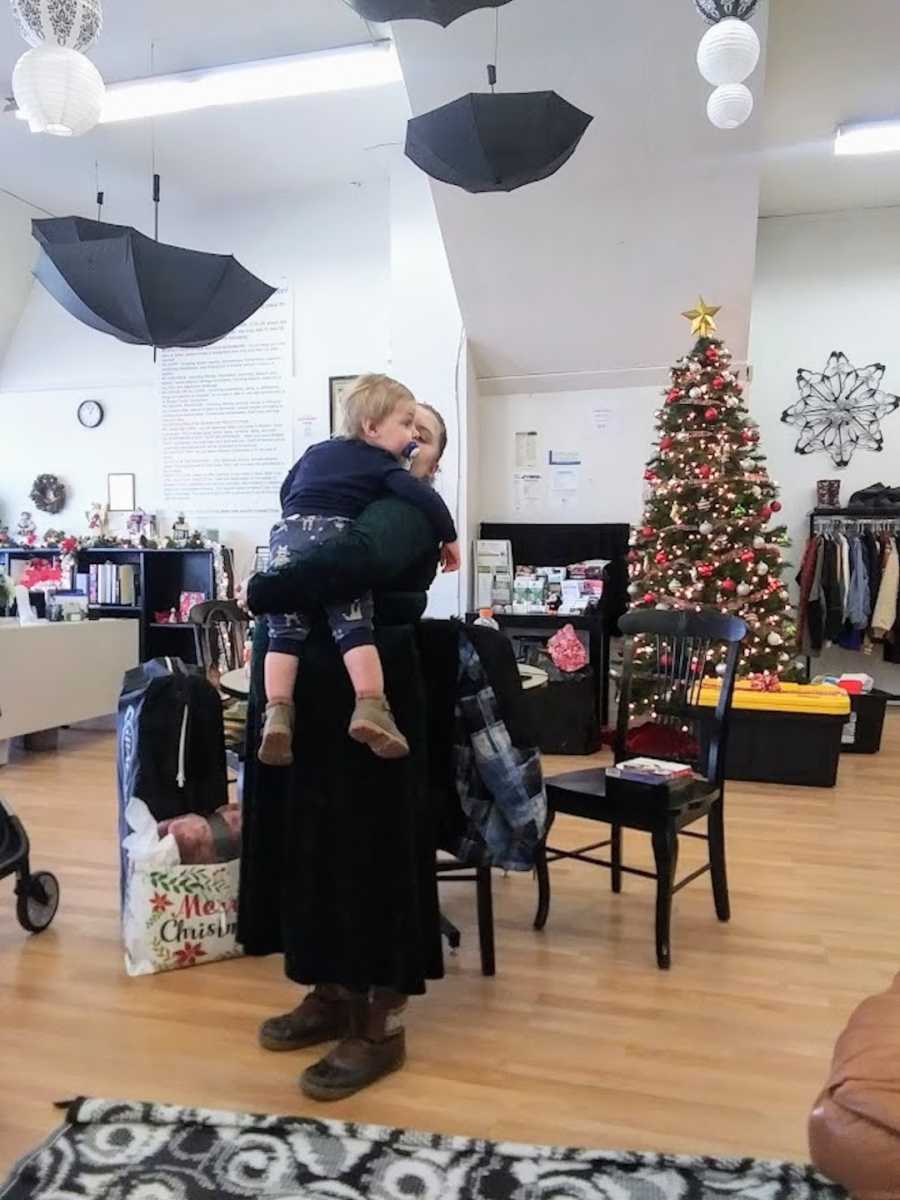
Before I turn to leave and give her space to visit with her son for the first time outside the hospital, I make a silent promise to her. No matter how hard it gets or how much it hurts, I vow to do my best to not keep secrets; I will make sure her son knows who his biological mother is for as long as he’s in my care. God, I need your help, I whisper as I step out of the room. I don’t think I can do this on my own. At the beginning of the placement, I send a notebook back and forth to visits to encourage his birth mom to communicate with us. My heart falls when it’s returned day after day with blank pages. I try different ways to reach out for more than a year before finally giving in to the realization she doesn’t want to have anything to do with our family.
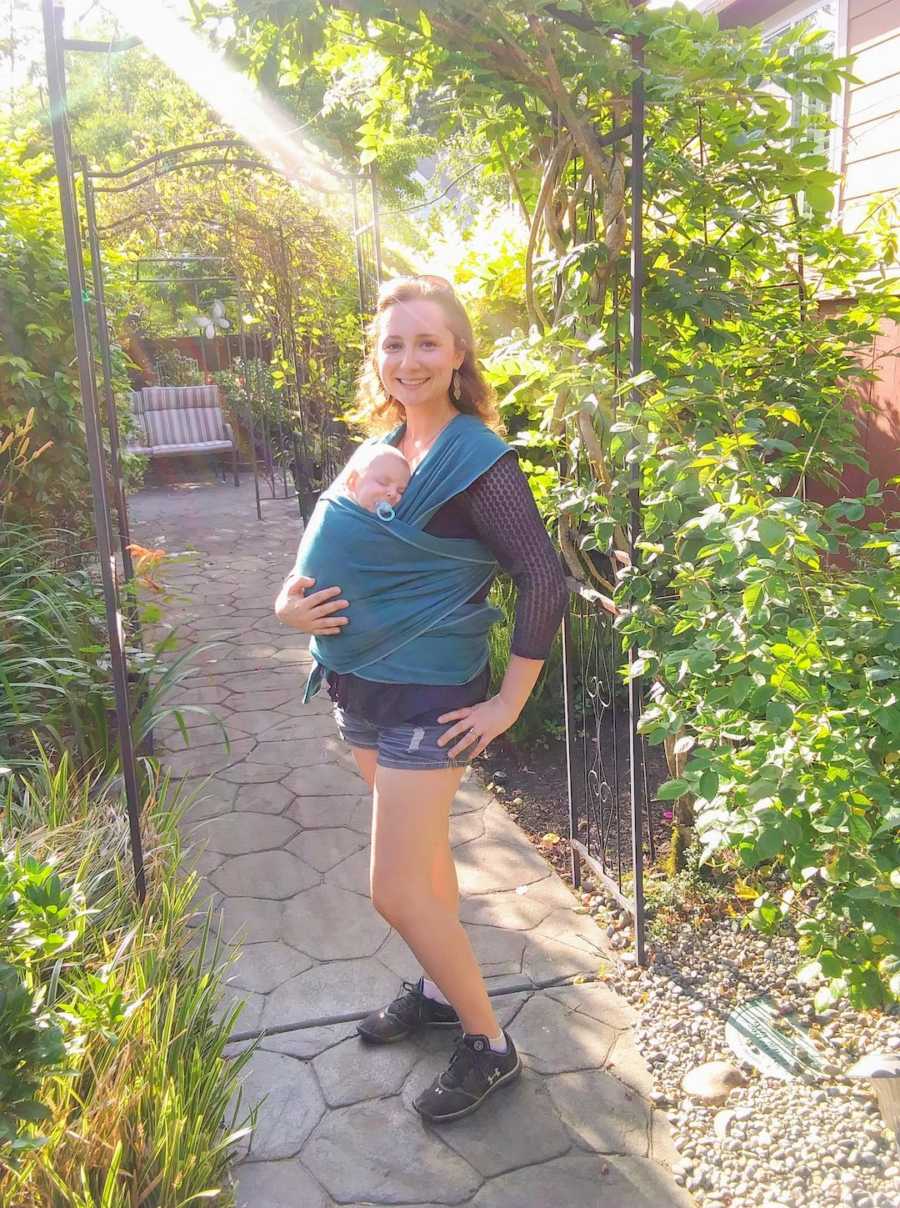
Then, the pandemic gives us an unexpected opportunity to connect in an unconventional, safe space when visits are moved from in-person to online. Four mornings a week, she gets to peek inside our home and see how her son interacts with me, my husband, our sons, and our pets. On the flip side, I get to know her and learn more about the challenges she faces every day that make it impossible for her to care for her son the way I see she desperately wants to. While the world closes down around us, I watch in amazement as her heart opens up. 2 years after the start of the case, I am heartbroken to learn it will not end in reunification, which is always the first goal of foster care. ‘The termination of parental rights was signed yesterday,’ the social worker shares over the phone, and I hear myself gasp. I can barely breathe. We’ve been expecting this news, and yet… I’m in shock.
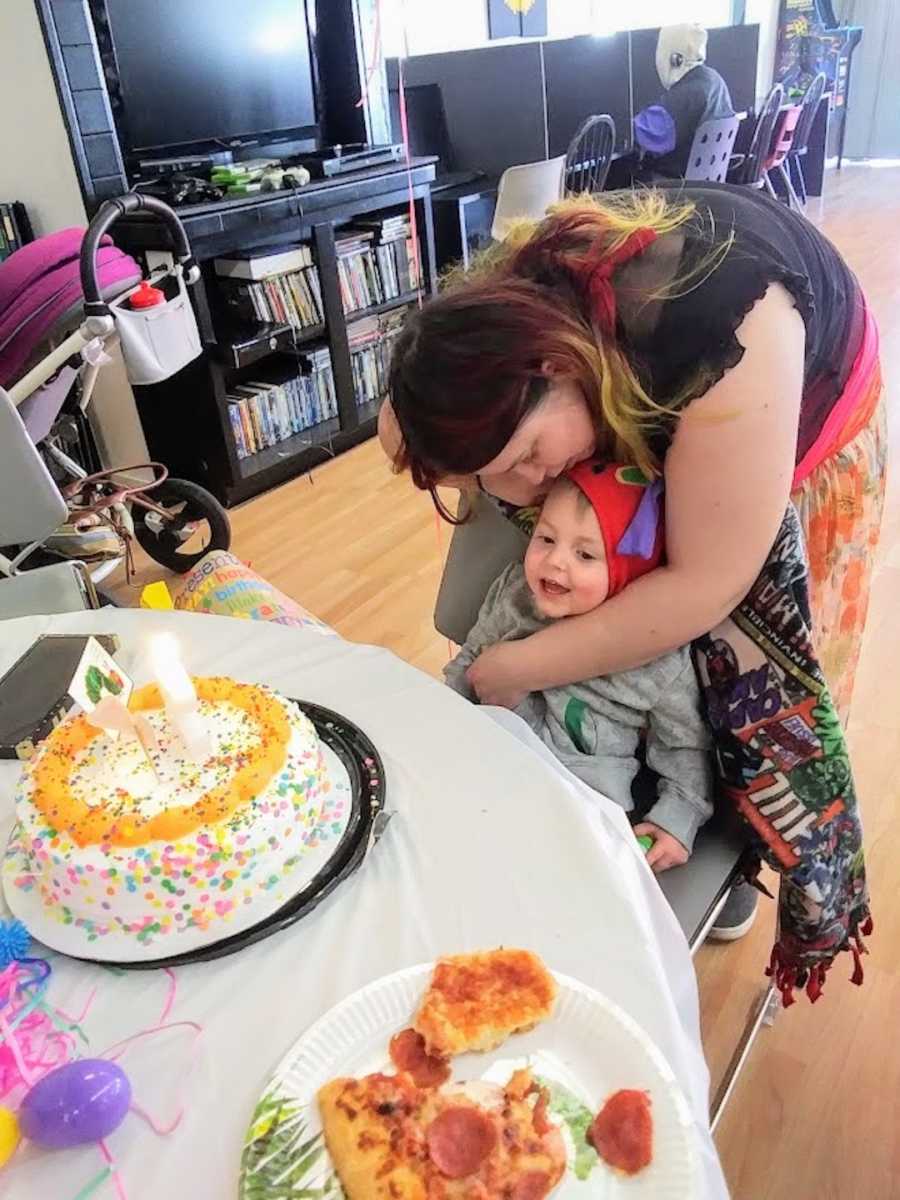
I feel a tug of shame as a wave of relief washes over me. The conflicting emotions make me feel like I’m on a rollercoaster. I think I’m going to be sick. The following week, I watch as the judge makes it official with tears streaming down my cheeks. Adoption is part of my story. Now, it will be part of our youngest son’s, too. No matter how hard it gets or how much it hurts, I will do my best to not keep secrets, I remember. I will make sure her son knows who his biological mother is for as long as he’s in my care.
So far, I’ve been able to keep my promise to my son’s mom. She video chats with us several times a week as part of the open communication agreement we made on his behalf. On a recent call, he used sign language to say ‘Dad’ and then pointed to his favorite person in the world (my husband). Next, he signed ‘Mom’ and then pointed to his mother’s face on the screen.
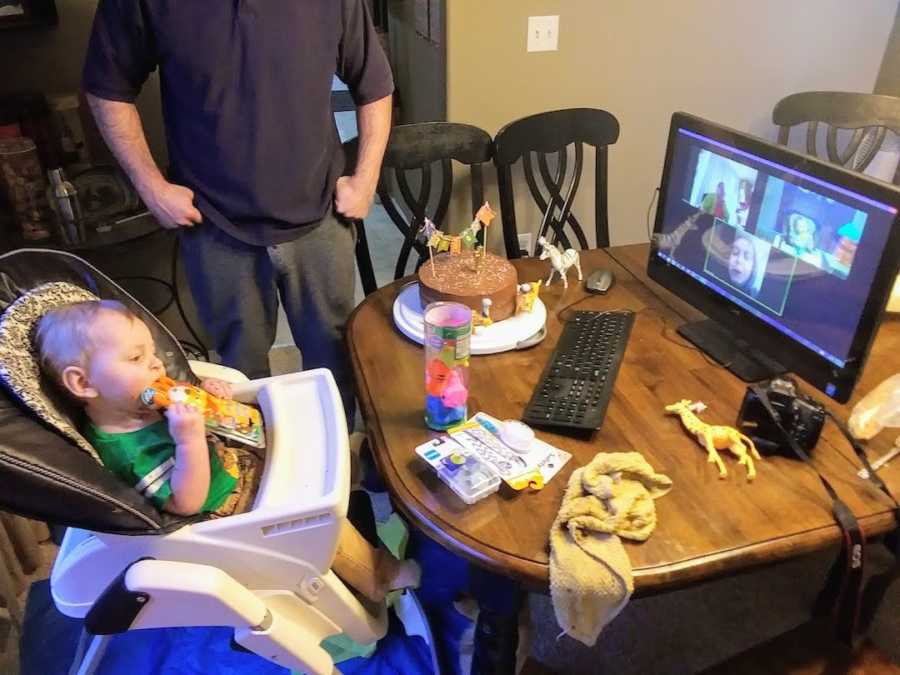
My first reaction to being left out of this adorable exchange was a stab of jealousy mixed with a flash of anger. As an adopted person capable of empathy, my second reaction was shame. Although he has never been able to live with his mom, he knows who she is—and this is exactly what I hoped and prayed for. He will never have to wonder what her face looks like, what her laugh sounds like, or whether or not she loves him. She got to be there for his first haircut. She watched him taste chocolate cake for the first time when he turned one, and she helped him blow out his second birthday candle. She offers her voice at doctor’s appointments to provide important details about his family medical history. We also exchange pictures, send flowers on Mother’s Day, and share meals at a local community center to celebrate Thanksgiving and Christmas.
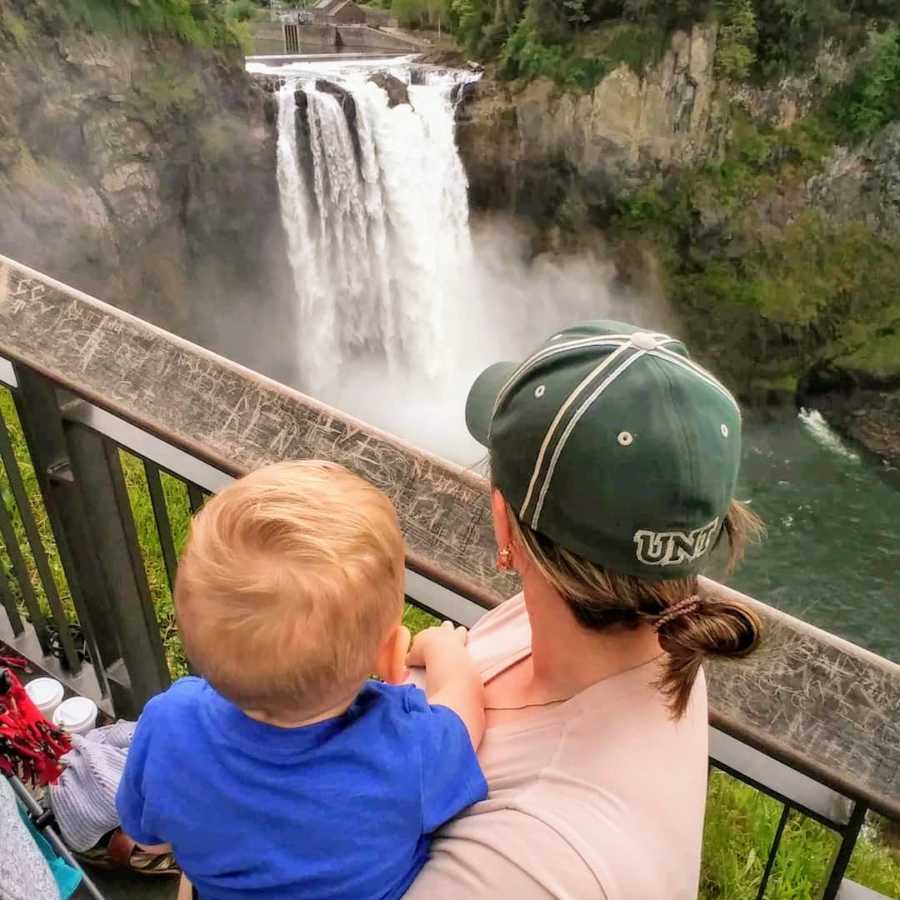
Through the experiences of getting to know my birth family and doing my best to love our son’s mom, I’ve already learned how messy, painful, and flat-out hard blurred boundaries can be. They can be awkward, inconvenient, frustrating—confusing, unhealthy, complicated. While it certainly isn’t always the case, I’ve learned something else, too. When it’s safe, adoption does not have to mean closing the circle of one family to create something entirely new. Instead, it can mean widening the circles that already exist and expanding the definition of what it means to be family.
Being our son’s mom alongside his mom has been one of the most humbling, challenging, and incredible relationships I’ve ever been a part of. It’s not me versus her. It’s me with her for him. And in the space between us… because I could never do this on my own… God is there to remind me there is more than enough love, mercy, and grace to go around.”
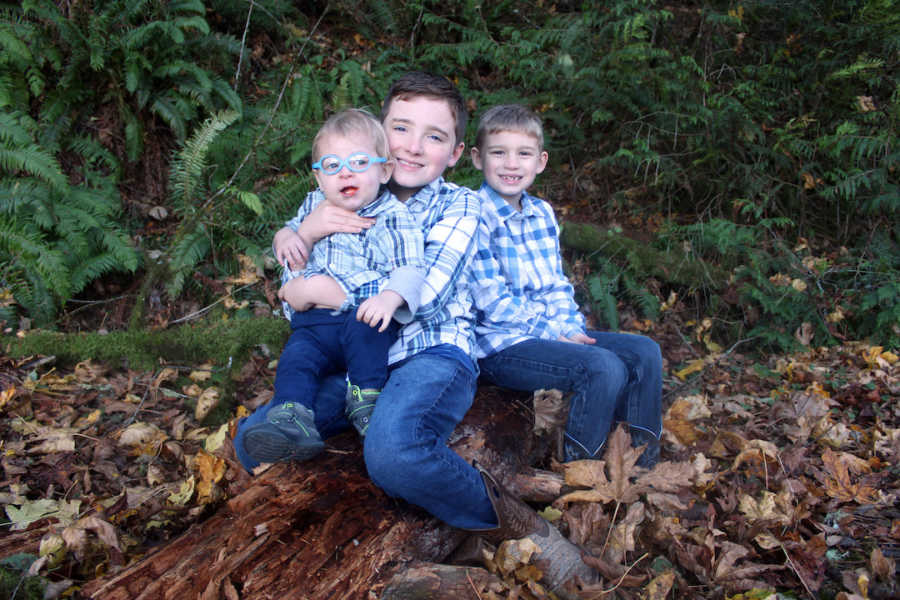

This story was submitted to Love What Matters by Courtney Woodruff of Olympia, Washington. You can follow her journey on Instagram and her website. Find Courtney’s book, ‘Juniper Spark and the Dagger of Mirren,’ here. Submit your own story here, and be sure to subscribe to our free email newsletter for our best stories, and YouTube for our best videos.
Read more beautiful stories like this:
Help us show compassion is contagious. SHARE this beautiful story on Facebook with friends and family.

